TRAVEL
15 Most Dangerous Roads In America
Published
5 months agoon
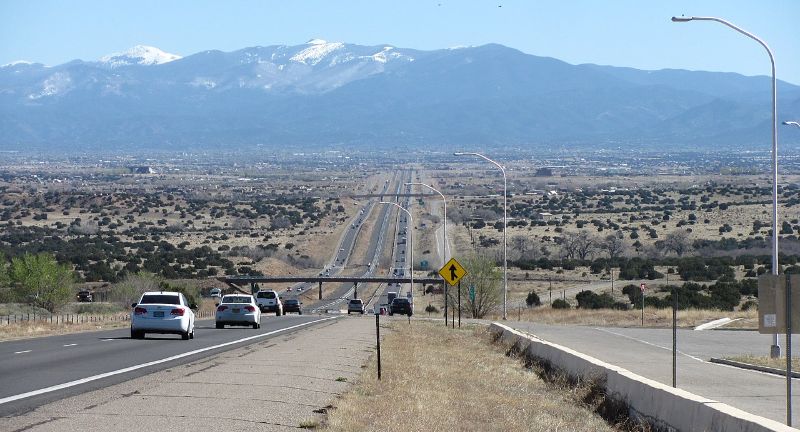
Wikipedia
Traveling the roads of America can be an adventure, offering breathtaking views and connecting distant places. This journey also comes with its share of dangers, as some highways and routes are notorious for their high accident rates and challenging driving conditions. From the congested urban expressways that snake through the country’s bustling cities to the remote, winding roads that traverse its majestic landscapes, the most dangerous roads in America test the skills and patience of even the most experienced drivers. Factors such as heavy traffic, high speeds, extreme weather, and inadequate infrastructure contribute to making these roads particularly perilous. This overview highlights the unique challenges and ongoing safety initiatives associated with some of the most notorious routes, underscoring the importance of caution and preparedness for anyone navigating these paths.
Interstate 95 (I-95)
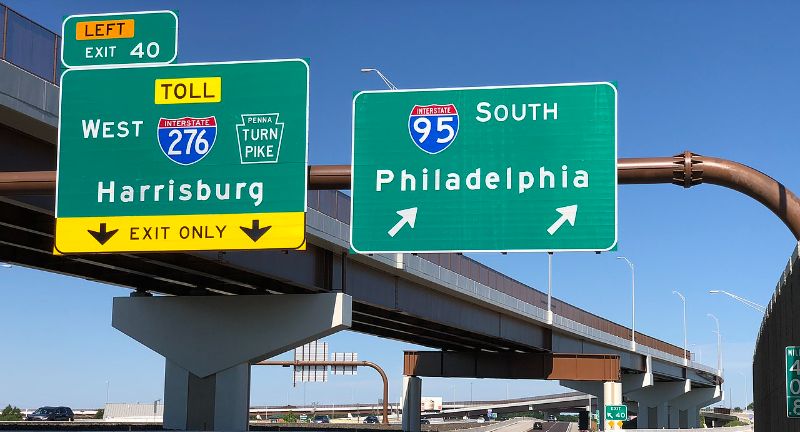
Wikipedia
Interstate 95, stretching from Miami, Florida, to Houlton, Maine, is infamous for its high traffic volumes and significant accident rates. Its entire length is fraught with hazards, particularly in major urban areas like Philadelphia, New York City, and Baltimore, where congestion exacerbates the risk of collisions. The highway’s design, combining older sections with varying standards of maintenance, contributes to its dangerous conditions. Weather also plays a crucial role, with northern sections prone to snow and ice in winter, further increasing the likelihood of accidents. Efforts to improve safety on I-95 include modernizing infrastructure and increasing patrols, but it remains one of the most challenging roads for drivers in the United States.
U.S. Route 1 (US-1)
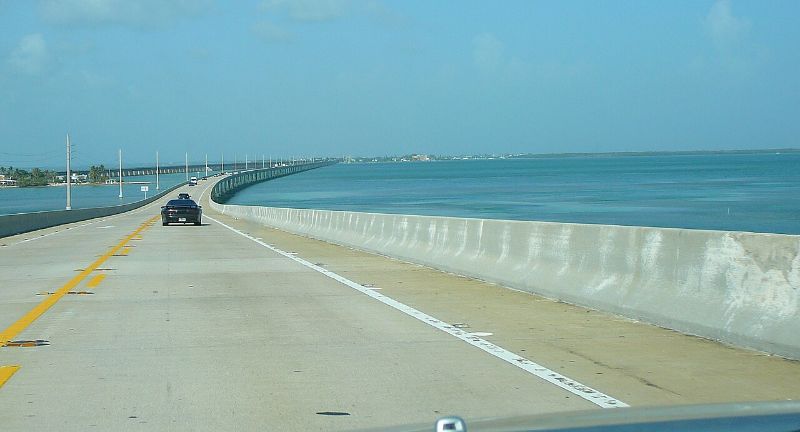
Wikipedia
U.S. Route 1 runs along the eastern coast of the United States, from Key West, Florida, to the Canadian border in Maine, and is particularly notorious for its segment in Florida due to high fatality rates. The road traverses through various urban centers, where it encounters heavy traffic, numerous intersections, and frequent pedestrian crossings, increasing the potential for accidents. In many areas, US-1 has limited crosswalks and pedestrian signals, contributing to a higher incidence of pedestrian accidents. Speeding and aggressive driving are common, exacerbated by the road’s straight layout in many sections, tempting drivers to exceed speed limits. Despite ongoing safety improvements, including better signage and enforcement, US-1 remains a hazardous route, demanding constant vigilance from its users.
Interstate 10 (I-10)
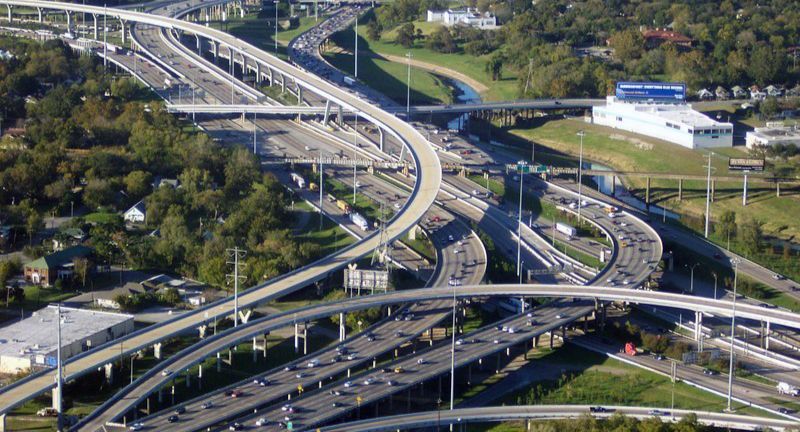
Wikipedia
Interstate 10, which spans from Santa Monica, California, to Jacksonville, Florida, is one of the southernmost cross-country highways in the American Interstate Highway System. Its lengthy stretches through deserts and rural areas are particularly perilous due to the risk of driver fatigue and high-speed driving. The highway experiences varied weather conditions, including intense heat in the desert regions and heavy rain in the Southeast, which can lead to hazardous driving conditions. In Texas and Arizona, I-10 is known for its heavy truck traffic, increasing the risk of severe accidents involving commercial vehicles. Safety measures such as improved lighting, signage, and rest areas have been implemented to reduce accidents, but the road’s vast length and diverse conditions continue to challenge these efforts.
Interstate 75 (I-75)
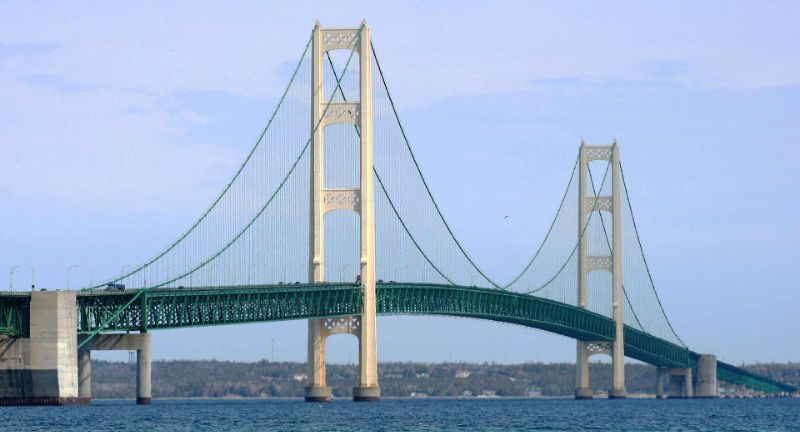
Wikipedia
Interstate 75 runs from Miami, Florida, to Sault Ste. Marie in Michigan’s Upper Peninsula, crossing through key metropolitan areas such as Atlanta, Georgia, and Detroit, Michigan. It is particularly known for its dangerous sections in Georgia and Florida, where high traffic volumes and speed contribute to a high rate of collisions. The stretch through Atlanta is infamous for its congestion, which can lead to sudden stops and multi-vehicle accidents, especially during peak travel times. Florida’s section is notorious for sudden severe weather changes, including heavy rain and fog, which can drastically reduce visibility and road traction. Ongoing efforts to enhance safety on I-75 include widening the highway, improving signage, and implementing advanced traffic management systems to reduce congestion and accidents.
U.S. Route 41 (US-41)
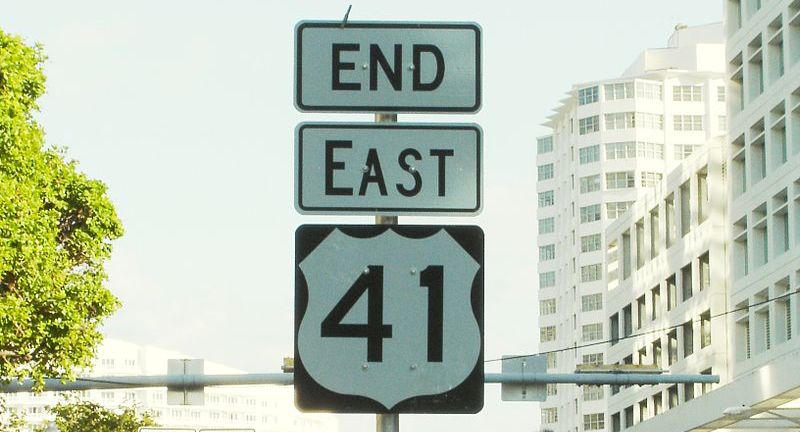
Wikipedia
U.S. Route 41, also known as the Tamiami Trail in parts of Florida, stretches from the Upper Peninsula of Michigan to Miami, Florida. This road is particularly hazardous in its Florida stretch, where it has been the site of numerous fatal accidents, largely due to high speeds and dense traffic in some sections. The rural parts of US-41 offer limited visibility at night and have fewer safety barriers, increasing the risk of off-road accidents and collisions with wildlife. In urban areas, the road often intersects with busy local streets, leading to frequent accidents involving pedestrians and cyclists. Safety improvements, including better lighting, crosswalks, and traffic signals, are being implemented to reduce accidents, but the road’s diverse terrain and traffic conditions continue to pose challenges.
Interstate 40 (I-40)

Wikipedia
Interstate 40, stretching from Barstow, California, to Wilmington, North Carolina, is known for its scenic beauty as well as its dangerous sections, particularly through Tennessee and Arkansas. The highway traverses diverse landscapes, including the southern Appalachians, where steep grades and curves increase the risk of accidents. Heavy truck traffic contributes to wear and tear on the road surface, leading to challenging driving conditions and increased maintenance requirements. In urban areas, such as Memphis and Nashville, I-40 experiences high volumes of traffic, exacerbating congestion and the likelihood of collisions. Efforts to improve safety on I-40 include expanding the highway, enhancing road surfaces, and increasing traffic monitoring to better manage flow and reduce accident risks.
Interstate 80 (I-80)
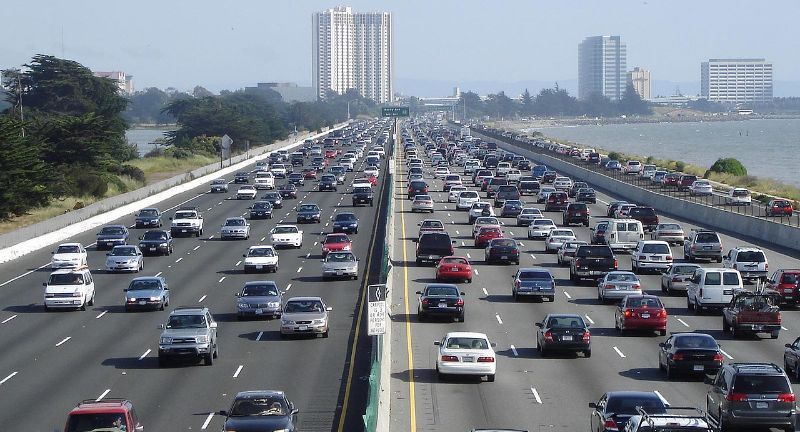
Wikipedia
Interstate 80, a coast-to-coast highway running from San Francisco, California, to Teaneck, New Jersey, features some of the most treacherous stretches of road in the United States, especially through the Sierra Nevada and the Rockies. Weather conditions in these mountain ranges can change rapidly, presenting drivers with challenges such as snowstorms, ice, and reduced visibility. The highway also passes through densely populated areas and major cities where congestion can lead to frequent stop-and-go traffic, increasing the risk of rear-end collisions. I-80’s long, straight stretches in the Midwest can induce driver fatigue, a leading cause of accidents on this route. Various safety initiatives, including weather monitoring systems, improved signage, and rest area enhancements, have been implemented to help mitigate these risks.
Interstate 5 (I-5)
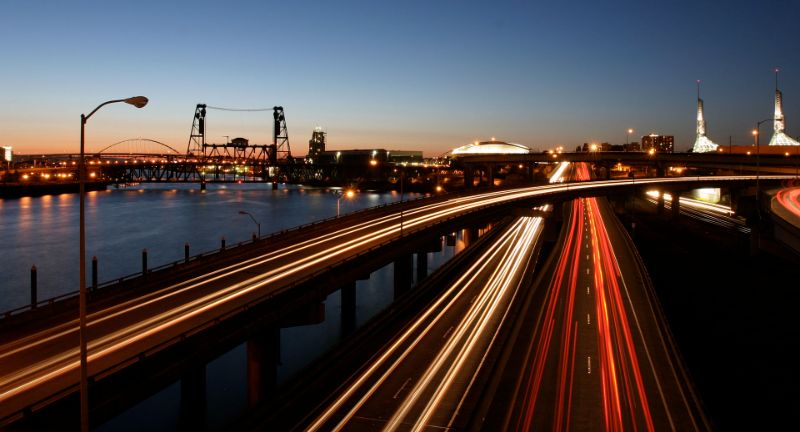
Wikipedia
Interstate 5 serves as the primary north-south artery on the West Coast of the United States, extending from the Canadian border to the Mexican border through Washington, Oregon, and California. It is particularly dangerous in California, where it encounters both heavy urban traffic and long rural stretches prone to high-speed driving. The highway’s route through the Central Valley is known for dense fog in the winter months, leading to multiple-vehicle pileups. In Southern California, near Los Angeles and San Diego, traffic congestion and aggressive driving exacerbate the risk of collisions. Efforts to improve I-5’s safety include expanding the highway, enhancing traffic management systems, and promoting public awareness campaigns on safe driving practices.
U.S. Route 2 (US-2)
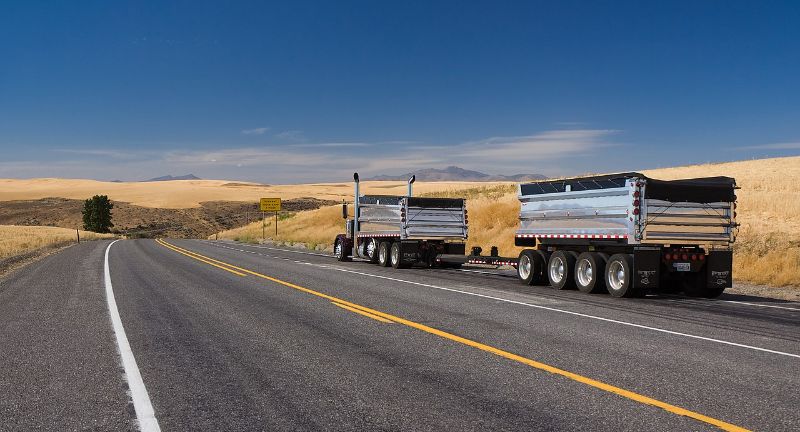
Wikipedia
U.S. Route 2 stretches from Everett, Washington, to St. Ignace, Michigan, traversing the northern tier of the United States. In Montana and the upper Midwest, US-2 is notorious for its high-speed, head-on collisions, particularly in rural areas where passing opportunities are limited and visibility can be poor. The road’s alignment through these less populated areas means emergency services may be farther away, increasing the time it takes for accident victims to receive help. Winter weather adds another layer of danger, with snow and ice making the road treacherous in parts of the upper Midwest and the Northeast. Improvements such as passing lanes, better signage, and enhanced winter maintenance are being made to increase safety on US-2, but its remote nature continues to present challenges.
State Route 99 (SR-99)
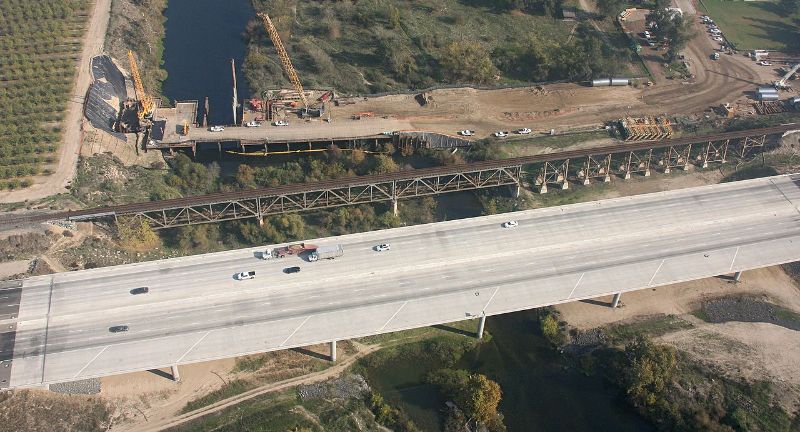
Wikipedia
State Route 99, running through the Central Valley of California, is regarded as one of the most dangerous roads in the state due to its high accident and fatality rates. The highway is plagued by issues such as poor lighting, inadequate infrastructure, and heavy traffic, including a significant amount of commercial and agricultural vehicle use. Its numerous at-grade intersections and access points from local farms and businesses increase the risk of collisions. The road also suffers from frequent foggy conditions in the winter, which drastically reduce visibility and contribute to the risk of multi-vehicle pileups. Efforts to improve SR-99 include upgrading it to freeway standards in some sections, improving lighting, and adding overpasses and on-ramps to enhance safety.
Interstate 20 (I-20)
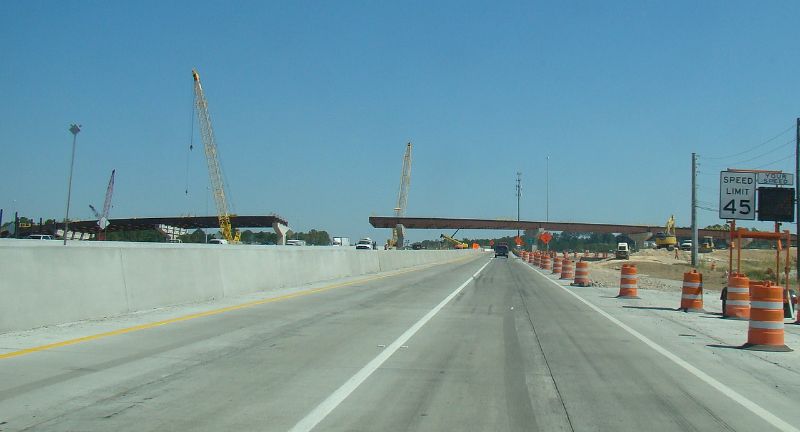
Wikipedia
Interstate 20 stretches from Texas to South Carolina, passing through major cities such as Dallas, Atlanta, and Birmingham. This highway is known for its heavy traffic, particularly in urban areas where congestion can lead to significant delays and increase the likelihood of collisions. The section through Atlanta is infamous for its high volume of traffic and frequent stop-and-go conditions, which can cause rear-end collisions and multi-vehicle accidents. Rural sections of I-20 also present hazards, including high speeds and wildlife crossings, which contribute to the risk of accidents. Ongoing improvements, such as widening projects and enhanced traffic monitoring systems, aim to improve safety and reduce congestion on this busy interstate.
Interstate 35 (I-35)
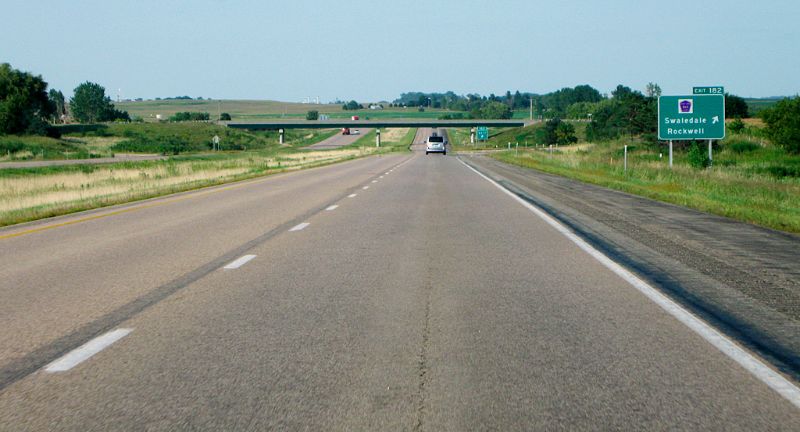
Wikipedia
Interstate 35, which runs from Laredo, Texas, to Duluth, Minnesota, is a major north-south route that carries a mix of local, regional, and international traffic, including a significant volume of commercial vehicles. The Texas and Oklahoma segments are particularly noted for their high accident rates, attributed to heavy traffic, high speeds, and frequent construction zones. In urban areas like Austin, Dallas, and Oklahoma City, I-35 experiences congestion, which can lead to accidents, especially during rush hour. The highway’s design, including some outdated sections and sharp curves, also contributes to its danger. Efforts to improve safety on I-35 include road widening, better signage, and the implementation of intelligent transportation systems to manage traffic flow more effectively.
Interstate 15 (I-15)
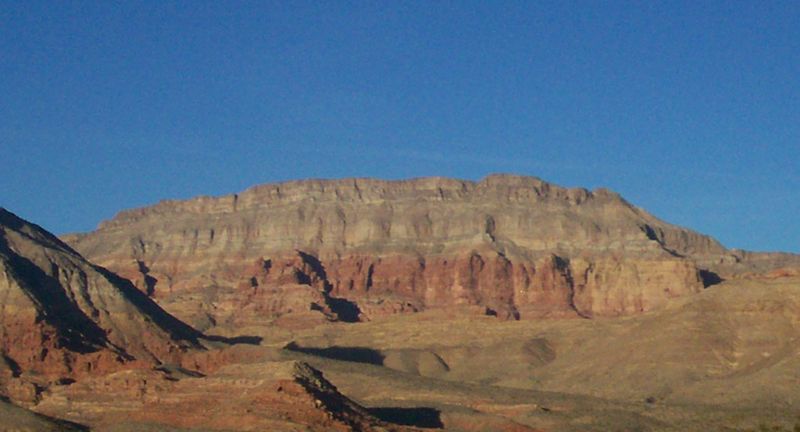
Wikipedia
Interstate 15, stretching from San Diego, California, to the Canadian border in Montana, is notorious for its segment through Nevada, known for high-speed travel towards Las Vegas. The road’s desert stretches are prone to driver fatigue and vehicle overheating, while the Las Vegas vicinity sees increased risks due to high traffic volumes, especially during weekends and holidays. Recent improvements aim at enhancing safety through better road design and increased enforcement of traffic laws.
U.S. Route 6 (US-6)
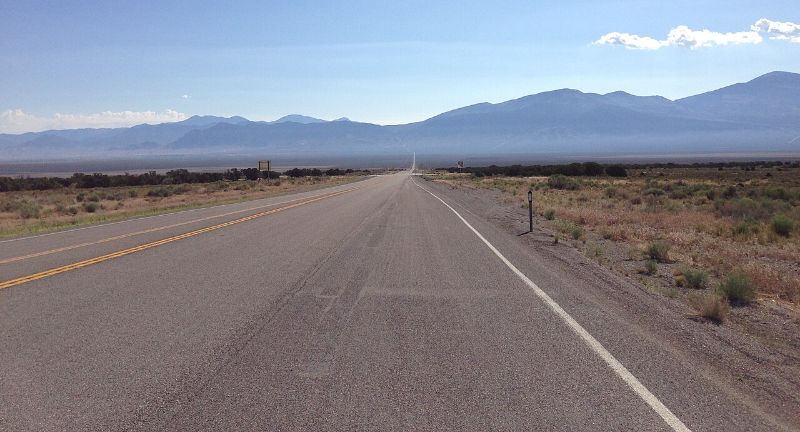
Wikipedia
U.S. Route 6, also known as the Grand Army of the Republic Highway, runs from Bishop, California, to Provincetown, Massachusetts. It has dangerous sections in Utah and Colorado, where it passes through mountainous terrain with sharp curves and steep grades. Efforts to reduce accidents include installing guardrails, improving signage, and conducting safety campaigns focused on speed reduction and the dangers of distracted driving.
Interstate 70 (I-70)
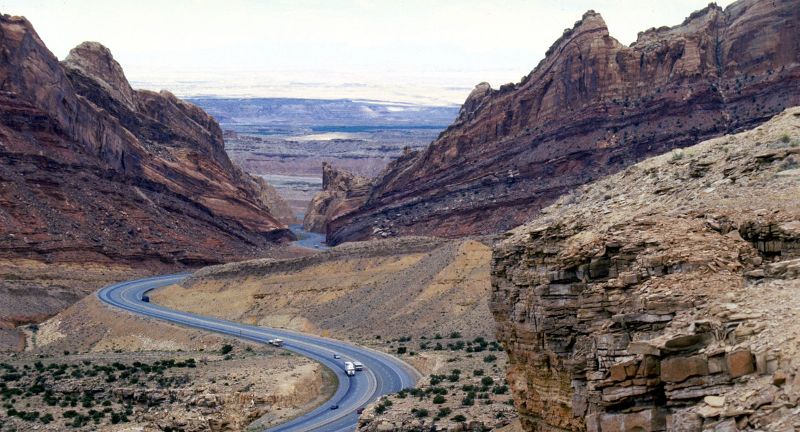
Wikipedia
Interstate 70 crosses from Utah to Maryland, featuring perilous stretches through the Rocky Mountains and urban congestion in cities like Denver and St. Louis. The mountainous sections are known for their challenging driving conditions, including steep grades and sharp turns, while urban areas suffer from high traffic volumes leading to frequent accidents. Ongoing infrastructure upgrades aim to improve road safety, including tunnel expansions and the addition of intelligent transportation systems.
Conclusion
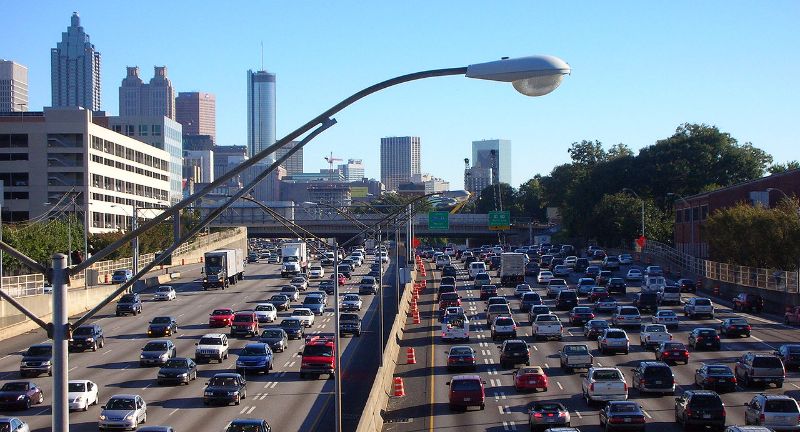
Wikipedia
Navigating the most dangerous roads in America requires a blend of vigilance, respect for the journey, and an understanding of the varied hazards these routes present. While infrastructure improvements and safety initiatives are continuously underway, the responsibility also falls on drivers to approach these paths with caution. By staying informed about road conditions, adhering to traffic laws, and practicing safe driving habits, travelers can significantly reduce their risk of accidents. As we traverse these challenging highways and byways, let us remember the collective efforts to enhance safety and the individual actions we can take to protect ourselves and our fellow travelers. Together, we can make every journey a safer one, preserving the thrill of the open road while minimizing the dangers that lurk along the way.
More From Bon Voyaged
-


Cruiseline Bans Customer for Life After Jumping From Deck
-


A $300 Million Theme Park is Coming to Missouri’s Lake…
-


Algarve Voted ‘Europe’s Leading Beach Destination’ For 10th Time
-


LL Cool J Launches Rock the Bells All-Inclusive Resort and…
-


Mom Boards Plane, Forgets Baby at Terminal
-


Virgin Atlantic Announces New Florida Route
-


Austrian McDonald’s Locations to Serve as Mini U.S. Embassies
-


Sail Away Aboard These Top 3 Luxury Cruise Ships
-


Extreme Adventure: Hiking the World’s Toughest Trails
-

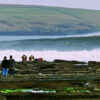
Scottish Beach Ranked Among the World’s Best Surfing Spots
-


Disney World Resorts Now Accepting Reservations for July
-


Virgin Trains to Build Station at PortMiami

